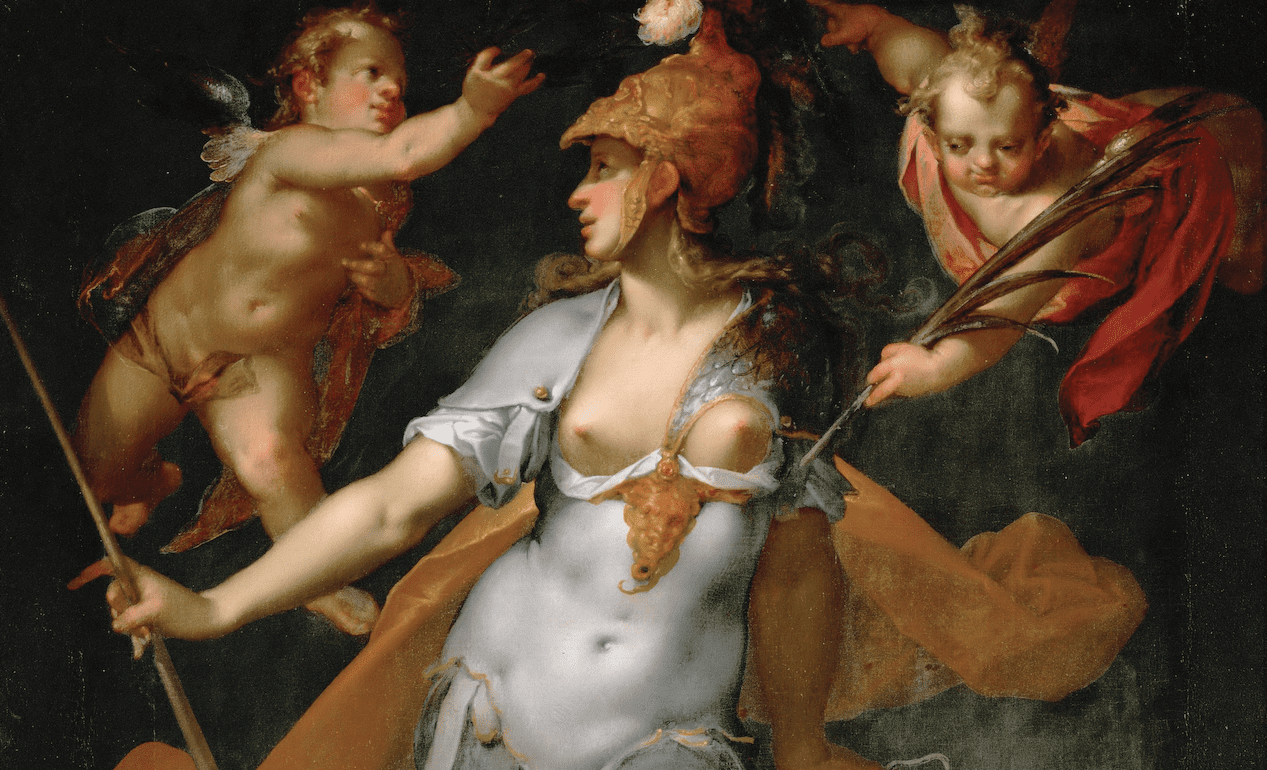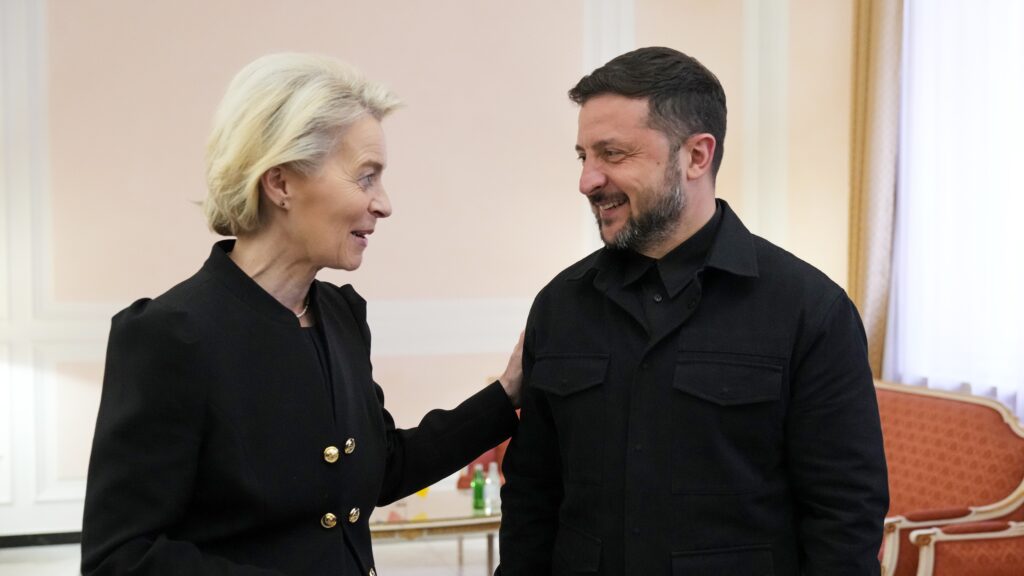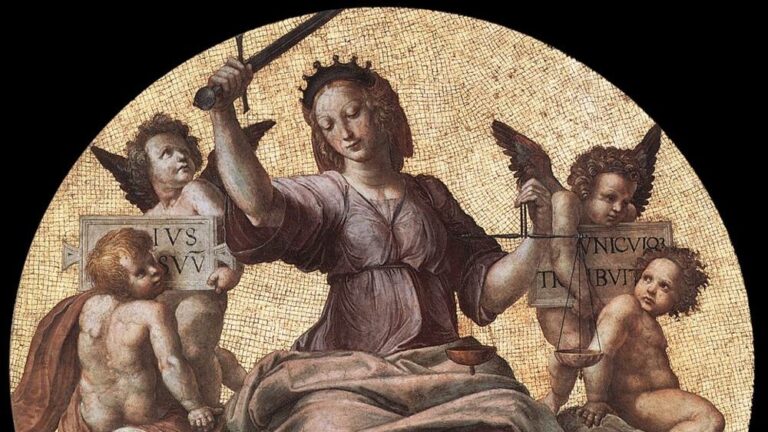This paper is intended to present problems which determine the philosophical discourse of critiques of modernity, but also represent a considerable challenge to Western thought as a whole. Considering the extent of our subject matter, it should suffice to invite the reader on a theoretical pathfinding journey, throwing light on why some forms of criticism of modernity have faced difficulties.
Conservatism and Modernity
As was pointed out by Kaltenbrunner,1 conservatism is difficult. We should accept this statement, given that it was made by a conservative thinker, but let us also add: if conservatism is difficult, a critique of modernity is nigh impossible, since modernity is an all-encompassing totality above and around us, presenting an elusive target, completely filling the horizon of Western thought, which also makes the position of conservatism problematic.
With regard to the relationship between conservatism and modernity, two main types of prevailing positions can be distinguished. According to one, conservatism can be interpreted as a reaction to the Enlightenment, and is thus itself a product of modernity.2 Accordingly, it is a particularly modern ideological–intellectual construction. The other—opposing—position is that conservative thought is, in respect of its origins, a pre-modern phenomenon, and consequently cannot be interpreted merely as a response to the Enlightenment. According to the latter approach, with the disintegration of feudal societies and the rise of the bourgeoisie, conservatism was replaced by liberalism, and almost completely disappeared from the intellectual life of Europe.3
If we put the two approaches side by side, we can easily see what the difficulty of conservatism really is, and can also understand how it correlates to the status of the critique of modernity.
Conservatism is either a modern ideological phenomenon, or it ceased to exist in its authentic form a long time ago.
These are the two options.
The reason why we hinted at the difficulty of conservatism is that the problem of the critique of modernity is closely interrelated with it. Modernity stands before us as an intellectual totality without alternatives, which can only be criticized if we are able to find some firm foothold outside it. The paradox of the critique of modernity, or at least its difficulty, is that the starting point of our critical approach should not be modern. But as in the case of conservatism, we only have two options, the critique of modernity is manifested either as a modern, or postmodern, ideological phenomenon—and, as such, it is subject to (or a function of) modernity— or it proves to be ‘groundless’ and its only purpose is to weaken, to a certain extent, the meta-narrative function of the language of modernity.4
Thus, the critique of modernity is facing difficulties—its position is problematic for reasons similar to that of conservatism. Since it challenges the still-dominant model of thought, the critique of modernity is halfway between the all-engulfing immanence of modernity and a critical transcendence fading into nothingness. Which explains why most critiques of modernity rest on the basis of modernity, and not on a transcendent principle independent from progress regarding the modern approach to history, but rather show signs of disappointment in progress and signs of uncertainty (or insecurity). The unpleasant aftertaste of modernity can be clearly felt in the postmodern critique of modernity.
The Difficulty of Pre-Modern Critique
In contemporary philosophical discourse, the critique of modernity has been primarily associated with critical theory, deconstruction, and distrust of grand narratives, even though this association is far from self-evident. It would be an obvious solution to also place pre-modern critiques side by side with postmodern critiques—as a result, the modernists would be forced to defend themselves on two fronts.
It is clear that this would, to a great extent, relativize the currently prevailing philosophical canons and the dominant orientation of the critique of modernity. Making a distinction between pre-modern and postmodern critique is not just a question of content, but also, partially, of chronology. We group authors and ideas according to their positions in time with respect to the unfolding of modernity. The same distinction can also be formulated by making the statement that some of our thinkers—such as Joseph de Maistre, Louis de Bonald, and Antoine de Rivarol—still criticized the notions and ideals of modernity and the Enlightenment on the basis of pre-modern society and in the pre-modern mindset, whereas another group of critiques of modernity already expounded their position in a society ‘hit by modernity’. The latter is what we term postmodern critique—referring to the oeuvre of Max Horkheimer, Theodor Adorno, Michel Foucault, or Jacques Derrida.
At first glance, the advantage of the terms ‘pre-modern’ and ‘postmodern’ is that they already define their subject matter—modernity—as a result of their historical positions, while refuting its claim to totality. If it is recognized that ‘pre’ and ‘post’ are possible—which means a certain framework is given—then the critical space (room for criticism) revealed between its limitations becomes relatively transparent and accessible.
Modernity in this ‘in-between-ness’ becomes a concept which can also be treated historically.
But can any critique attain its objectives in this way? The problem of the two approaches outlined above is that they unintentionally adopt the historical–philosophical premise of modernity, as based on the terms ‘pre-modern’ and ‘postmodern’, they observe a period preceding (‘anticipating’) modernity and a period succeeding (‘transcending’) modernity within the framework of a singular linearity. This linearity evokes the normative self-image of progressive modernity, and, consequently, any critique of it will inevitably become entangled—or even get stuck—in the system of notions it is targeted against.
The fact that the concept of ‘pre-modern’ is at least as problematic as that of ‘postmodern’ should not be glossed over. As the postmodern is only able to employ the modern tools of historical transcendence and ‘exposure’ in the sphere of criticism, similar issues also emerge in relation to the conceptual construction of the ‘pre-modern’: the pre-modern anticipates modernity and, accordingly, becomes relativized as an antecedent.
Despite all terminological difficulties, we can still speak about pre-modern and postmodern critiques of modernity, as we can extend the scope of the philosophical discourse which, usually, only takes postmodern critiques into consideration. When we address the critique of modernity, we need to break away from the modern concept of knowledge, which considers all criticism subsequent, saying that ‘the owl of Minerva begins its flight only with the falling of dusk’.5 It may be raised as an objection that a critique of modernism cannot be formulated from the position of the ‘pre-modern’ at all, since our cognition, and, consequently, our intellectual (spiritual) reflections on the facts of the world are also subject to historicity—‘it is easy to be wise in hindsight’.
The critical transcendence that we seek, however, has nothing to do with the wisdom of hindsight.
The critique of modernity—if it wants to be substantial and effective—does not primarily involve any historical reflection of/on modernity, but offers a chance to stop thinking on the basis of the principles of modernity. If our exclusive aspiration was historical reflection, then we would almost imperceptibly adopt the view that a more valid critique is possible ‘after’ modernity than ‘before’ it, and we would thus take a particularly modernist concept of knowledge as a basis. Pre-modern critique warrants involvement in philosophical discourse precisely for the purpose of diluting the currently prevailing historical–reflexive model of critiques of modernity.
The Difficulty of Postmodern Critique
The concept of ‘postmodern’ carries the burden of a grave ambivalence, as it has two meanings which are difficult to reconcile. On the onehand, it means something which belongs to modernity and can only be understood in relation to it, and on the other hand, it means something that is not identical with modernity. It is as though postmodernism would like, paradoxically, to end modernism, only to have it continue regardless. And this is what ‘transcending modernity’ would mean. However, the notion of transcending modernity itself is an eminently modern idea, and as such, it illustrates how difficult it is to break out of the immanence of modernity. The difficulty of postmodern critique is mainly caused by the fact that hardly anything can be conceived outside of modernity. And critical thinking requires not only a subject, but also a more comprehensive referentiality as well, of which the subject at hand is only a partial and relative component. It is clear that in the case of a postmodernist critique, this wider referentiality and critical space is missing—just like the openness to any alternatives to modernity.
This is what the difficulty of postmodernist critique consists of. Quite a few postmodern thinkers firmly lay claim to the legacy of the Enlightenment, criticizing modernity in order to cleanse it—and to rehabilitate it in conclusion. Hence the discreet ‘posteriority’ or hindsight of postmodernism, which in fact means a half-hearted resumption of modernism, a denied continuity.
Lyotard in his famous essay defined the postmodern condition as a framework of distrust in ‘grand narratives’.
He did not speak about a break with grand narratives, but about a distrust, which is a sharp illustration of the ambivalent relationship of postmodernism and modernity. Lyotard starts out by stating that he will be studying the condition of knowledge in ‘the most highly developed societies’.6 While he establishes the decline of scientific language and the decline of the meta-narrative function of language in general, implicitly he builds upon the linear approach to history and the progressive narrative, highly typical of modernism, even in his first sentence.
Distrust in grand narratives does not imply that they would cease to determine the basic patterns of thinking. What is generally called ‘postmodern’ is linked to modernity by countless bonds. To complement the approaches that have emphasized the differences of the two, it is increasingly necessary to highlight the fact of continuity. Postmodernism is nothing but modernism after modernism, modernism distrustful of itself, in a state of division against itself made more or less sustainable. The most serious accusation that can be made against it is that it fails to substantively transcend modernity, and that it only signals a ‘posterior’ condition of modernity, a late modernity.
The posteriority of the postmodern critique also entails the admission that the demise of old ideals did not result in the birth of new ones.7 It is quite clear that this general realization cannot be fully shifted to the past— it weakens both modernity and the position of its postmodernist critique. If the absence of alternatives and the melancholy of the exhausted possibilities of modernity engulf everything in the postmodern condition, the difficulty of the critique of modernity should be taken seriously, and it is imperative that we find the appropriate response to the challenge it represents.
In our opinion,
the situational advantage of the pre-modern critique over the postmodern one is that it is still linked to a world that had not been affected by modernity.
One might say that this type of critique emerged organically when it was confronted by nascent modernity—it was born right in the middle of a crisis, between two periods.8 An obvious objection is that this situational advantage is also a disadvantage, since de Maistre, for instance, contrary to postmodernist critiques, was not in a position to have a full picture of modernity, as only he knew its first mature manifestations. The question of how advantages and disadvantages compare in the distinct cases of pre-modern and postmodern critiques of modernism should be left open. Here we would only underline that the critique of modernity warrants a broader interpretation than what is offered as the respective definition in textbooks even within the historical–philosophical model of modernity. In addition to the postmodern critique, the voice of the pre-modern one should also be heard and taken into consideration.
The Difficulty of the Non-Modern Critique
Though it is not straightforward, with some capacity for abstract thought it is certainly possible to conceive of a critique of modernity that would lie outside the historical–philosophical model of modernity. This would also represent an important step forward in the broadening of discourse and the scope (or space) of criticism. This is a type of critique of modernity which does not regard the basic principles of modernism as the self-evident starting point of its approach. This type of critique could be called nonmodern or amodern. These are the two terms proposed by Bruno Latour to denote a way of thinking that breaks with the basic principles of modernity.9 For Latour, it is not the challenging of the historical–philosophical model of modernity that is decisive. He rather sees the mission of the critique of modernity as the challenging of the ‘constitution’ of modernity, which means, in his terminology, the system of thought based on the separation of natural and social realities. This is how we could turn reality into a complex fabric that had only been known to, before or apart from ourselves, pre-modern thinkers. In Latour’s view, we can speak of a constitution in the abstract sense because modernism takes such great care to separate the spheres of human beings, objects, animals, and gods as constitutional systems to the separation of the branches of power. The non-modern approach breaks with this separation, among other things.
All approaches to the critique of modernity— from the pre-modern to the postmodern, from the Marxist to the reactionary conservative— find themselves in the same situation: we cannot see beyond the immanence of modernity. This problem has been addressed several times above. In mature modernity, this immanence does not simply refer to the physical world but also to the societal, cleansed of all heteronomy of reality. In other words, the immanence of modernity is actually a totality that is particularly intensely intended to be human, which—through its anti-religious stance, the destruction of nature, and socio-cultural homogenization—has turned not only against its own transcendences but, finally, also against human existence itself.
The difficulty of any critique of modernity is a consequence of the fact that modernity succeeded in excluding all transcendent vantage points.
In what can criticism anchor itself? We continue to be able to interpret our situation exclusively in the immanence of the modern. When we believe that we have managed to step out of it, it usually turns out that we are still in it. The toxic concentrate of modern societalness keeps circulating in our intellectual vascular system.
After all this, we should not ask the question whether the non-modern critique is facing serious difficulties; we should rather ask whether such an approach is possible at all any longer. We have reviewed a few of the problems of the pre-modern and postmodern varieties, and seen that the historical model and the immanence of modernity is not easy to shatter from either direction. This is why we said conservatism was difficult and the critique of modernity ‘nigh impossible’.
If, according to the historical–philosophical model of modernity, ‘thought and civilization develop irreversibly from transcendence to immanence’,10 this is precisely what the non-modern approach should challenge. Non-modern philosophy in this regard means an openness to the transcendent.
Translated by Balázs Sümegi
NOTES
1 Gerd-Klaus Kaltenbrunner, Der schwierige Konservatismus. Definitionen, Theorien, Porträts (Berlin: Nicolaische Verlagsbuchhandlung, 1975).
2 Karl Mannheim, Conservatism: A Contribution to the Sociology of Knowledge, transl. David Kettler and Volker Meja (London–New York: Routledge & Kegan Paul, 1986).
3 Panajotis Kondylis, Konservativismus. Geschichtlicher Gehalt und Untergang (Stuttgart: Klett-Cotta, 1986).
4 Cf. Jean-François Lyotard, The Postmodern Condition. A Report on Knowledge, transl. Geoff Bennington and Brian Massumi (Manchester: Manchester University Press, 1984).
5 G. W. F. Hegel, Outlines of the Philosophy of Right, transl. T. M. Knox (Oxford–New York: Oxford University Press, 2008), 16.
6 Lyotard, The Postmodern Condition, xxiii.
7 Augusto Del Noce, Crisis of Modernity, transl. Carlo Lancellotti (Montreal–Kingston–London–Ithaca: McGill-Queen’s University Press, 2015), 116.
8 The ambivalent relationship of criticism and crisis in the age of Enlightenment was pointed out by Reinhart Koselleck. His reflections also confirm the difficulty of the critique of modernism. See ReinhartKoselleck, Kritik und Krise. Eine Studie zur Pathogenese der bürgerlichen Welt (Frankfurt am Main: Suhrkamp, 1976).
9 Bruno Latour, We Have Never Been Modern, transl. Catherine Porter (Cambridge, MA: Harvard University Press, 1993), 47.
10 Del Noce, Crisis of Modernity, 6.








